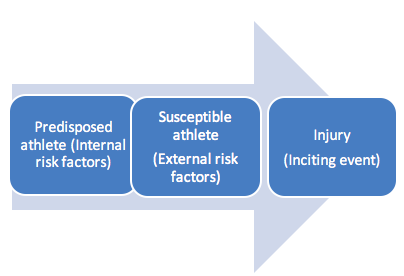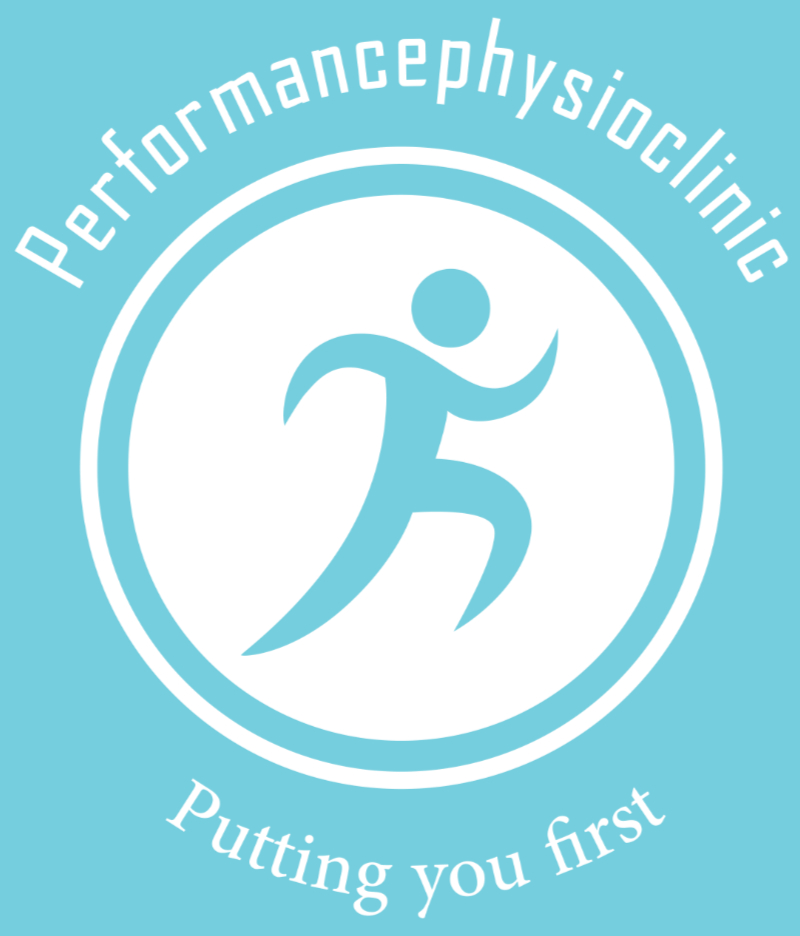
Principles of Sports Injury Prevention
As a physiotherapist working in sport I thought it would be beneficial to illustrate the thought process that goes into sports injury prevention, although as our baseball player shows there will always be injuries and incidents that we cannot legislate for.
A mission statement of mine and how I work is ‘injury prevention is better than cure’. The flow chart below nicely illustrates the process that should be considered when thinking of the theory that underpins successful injury prevention.
Figure 1.

When we think of what causes injuries it’s helpful to break this down into risk factors. The literature goes one step further and separates these risk factors in two groups, internal and external risk factors. Both of these have been proven to be valid predictors of injury, although it’s impossible to fully predict when injury will occur as all injuries are multi-factorial but where possible through managing the risk factors we should be able to minimise the risk of injury.
An example of external risk factors would include:
- Direct contact
- Sport-specific skills
- Level of competition
- Equipment
- Surfaces
- Training errors
- Overtraining
- Environmental factors
A list of internal risk factors may include:
- Movement dysfunction and muscle imbalance
- Malalignment
- Muscle weakness/imbalance
- Loss of flexibility
- Poor proprioception
- Intrinsic overload
- Physical fitness
- Age
- Gender
- Hydration and nutritional status
- Inadequate warm up
- Previous injury
These two lists are merely examples not exhaustive. When we get exposure to the external risk factors and combined with the internal risk factors this puts the athlete at significant risk of injury.

The final link in the chain of events is the inciting event, which is what we usually refer to as the injury mechanism – what we see when we watch an athlete being injured. The flow chart above nicely illustrates the processes that are involved when identifying cause and preventative measures that may be implemented.
Successful implementation of injury prevention practices is often the most difficult task and we have to be careful when translating the research into injury prevention practice. The process of which is perfectly demonstrated in figure 1.
If you are seeking to utilise a scientific approach to injury prevention whether individually or collectively please get in touch. Successful preventative programs can significantly boost your performance or your teams performance.
For more information please email us info@performancephysioclinic.com or to book a consultation please visit our website where you can book an appointment online www.performancephysioclinic.com
Remember prevention is better than cure. Always!
Niall Burns BSC MSC HPC MCSP
Clinical Director Performance Physio Clinic
